Facts and Statistics
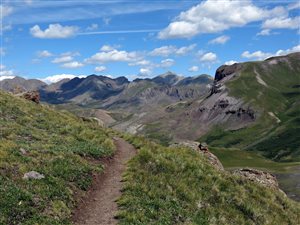
During its course, it passes through eight mountain ranges, five river systems, six wilderness areas, and six national forests, making it a truly natural wonderland. It passes some of the most beautiful lands, among wildflowers and wildlife abounds. Although a large section of the trail passes through forests, a good section is well above the tree line. Views are breathtaking all over the trail.
The trail traverses ancient Indian trails, historic mining towns, and through a world class and modern ski resort. Most sections of the trail remain, as they would have appeared 500 years ago. The western sections of the trail, especially between Monarch Pass and Durango have experienced less human influence. Spectacular wildflowers and greater vistas are on display. For more than 378 km, this trail coincides with the Continental Divide Trail (CDT) on the Collegiate East route. Along the Collegiate West route, this hiking trail follows the CDT for more than 80 miles.
Best Time for Hiking
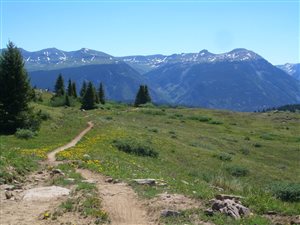
Considering the large number of outsiders who will be hiking this trail, a safe date to plan would be from 1st July. If you are headed to Denver, you can extend your hiking season by around one week, since you will be now hiking the lower elevations. However, this time frame is not fixed, since it can change depending on the hiking pace, snow pack, and rate of snow melt.
General Safety
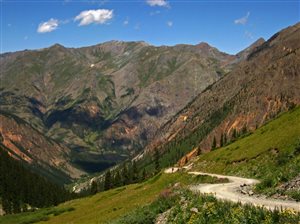
You will need to hitch to town, in order to resupply. Locals are used to the numerous hikers that visit the Colorado Trail every year; therefore, getting a lift will not be a problem. If you feel uncomfortable hitch hiking alone, then you can arrange with a fellow hiking partner. You can also get a ride at the trailhead, as many people are leaving for town.
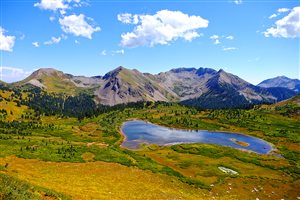
Most hikers are very concerned about lightning and thunderstorms in the area. During summer, thunderstorms start forming just past midday, until the early evening. When planning the ground you want to cover for the day, always have that in mind. It is always consistent, therefore, don’t take chances.
Some hikers have observed black bears on this trail. However, they are not aggressive, as compared to those found at the High Sierra. You will most likely find them at the valleys. They are not common.
Thru-hiking

The time varies for completing the entire trip. Some trail runners can do it within a period less than ten years. However, most thru-hikers spend around five to six weeks. Again, your time will depend on the weather conditions, your hiking speed and trail conditions.
Resupply
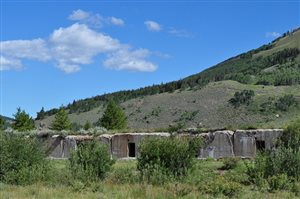
Do not feel like you are entitled to any service; respect the people in towns and your fellow hikers. Some of the popular resupply points include Denver, Buffalo Creek, Bailey, Jefferson, Frisco, Leadville, and Twin Lakes. Others include Buena Vista, Salida, Sargents, Gunison, Creede, Lake City, Silverton, Molas Lake Campground among others.
Alternative Routes
One factor that makes the Colorado Trail a big attraction is the presence of alternative routes. Some hikers choose to travel along this trail for some time and then veer off to the harder trails, that are more scenic. Check your maps and identify the alternative trails and what can work best for you. Some of the alternative routes that you can follow include the Lost Creek Wilderness High Route, Hope Pass, Missouri Gulch, and the Collegiate West.
Because of its sheer ruggedness, altitude, length, and other factors, hiking the Colorado Trail can be somehow challenging, especially for a beginner. Hiking the entire trail can take you up to eight weeks. However, you can do it in smaller portions.
Conclusion
Thru-hikers and backpackers have described this trail as life changing and an amazing experience. It is good to be familiar with basic hiking and navigation techniques, to ensure a smooth and comfortable hike.
YouTube User ‘Matthew Foote’ Thru Hikes The Colorado Trail
Navigation
[jbio template=”bootbomb0″]

0 comments